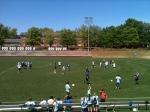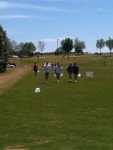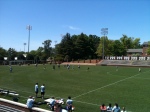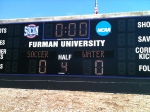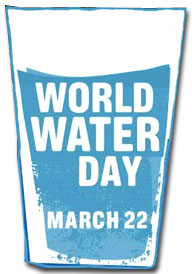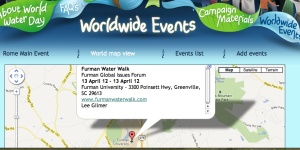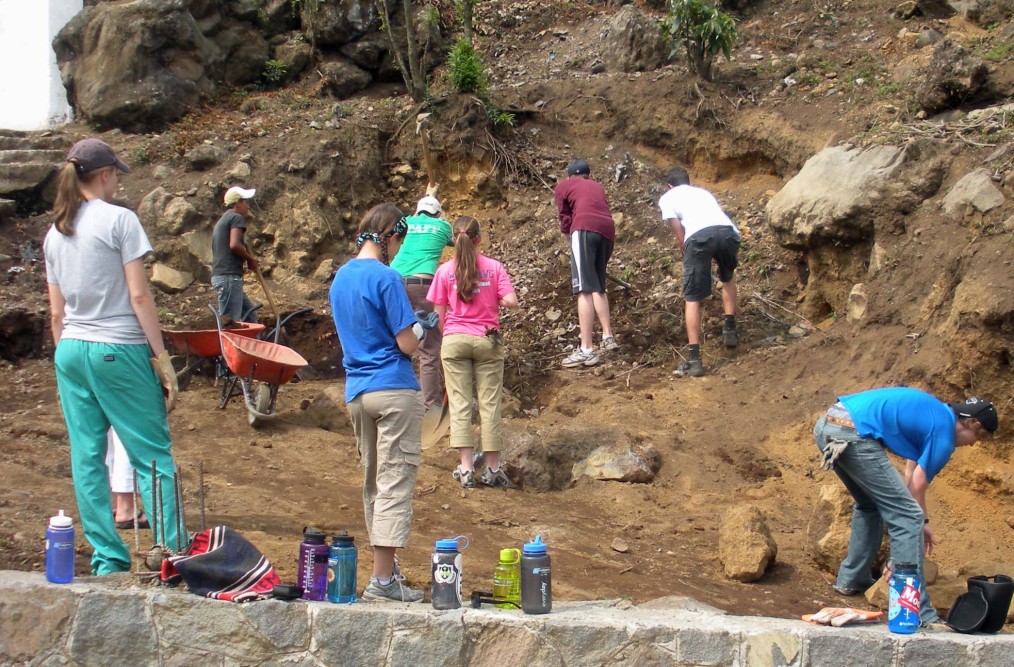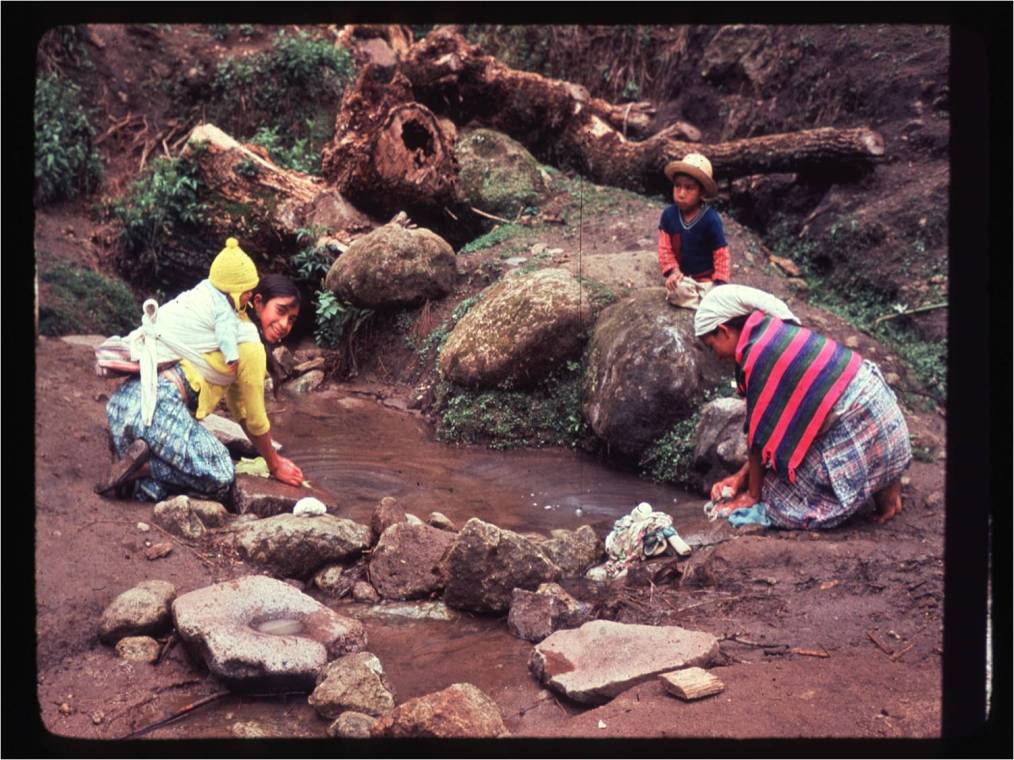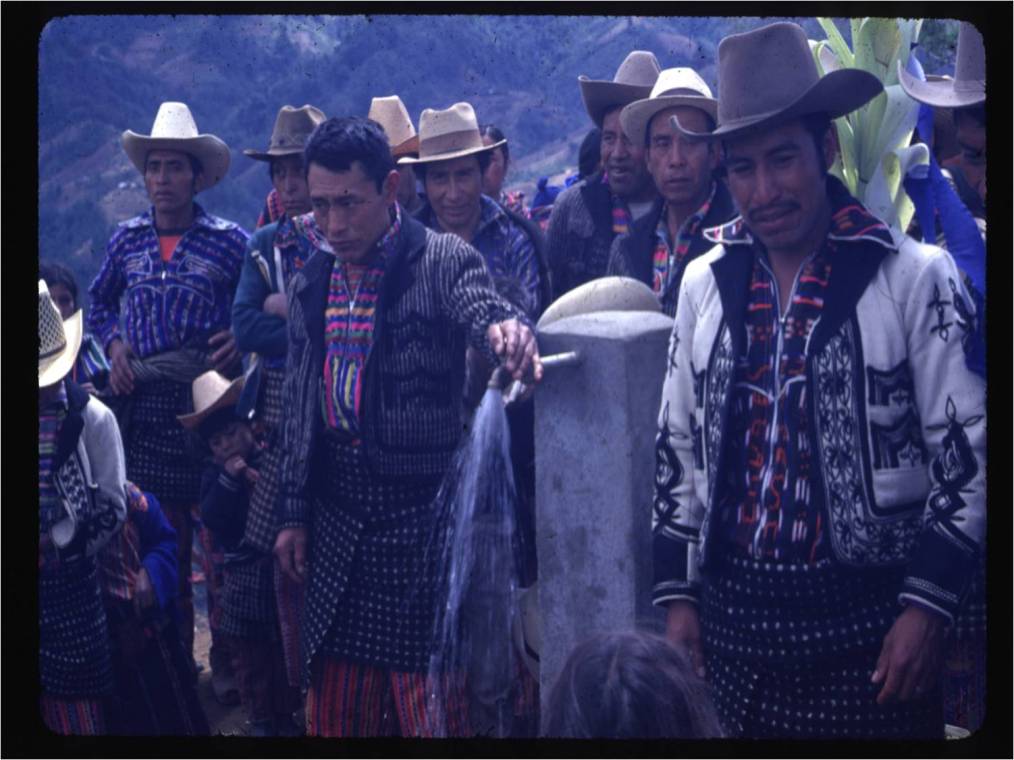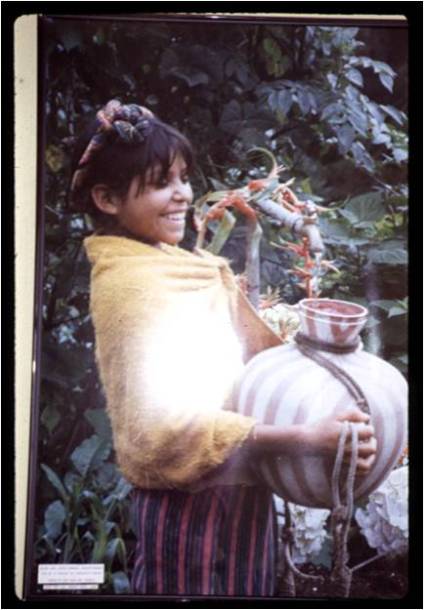It’s only a day away!
The Furman WaterWalk is tomorrow and campus has been hopping over the past week with informative and creative events to spark interest.
I found a few displays set up in the university center and outside of the library:
This was set up to encourage people to sign up for the WaterWalk and the Soccer Extravaganza
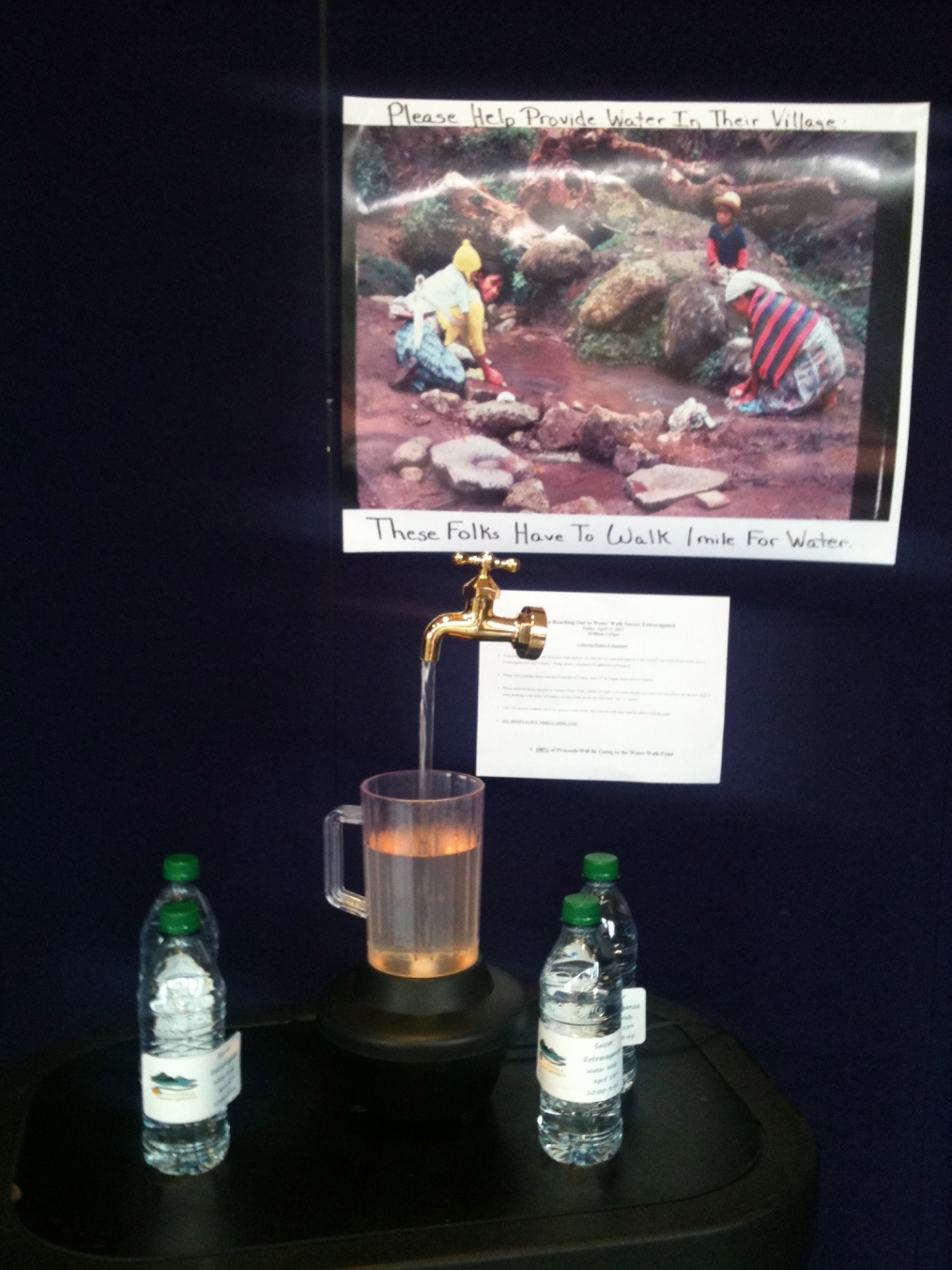
And this was outside the library to raise awareness of the water crisis that is going on around the world.

Also, John Tynan came to speak at Furman today about water issues. He is the Deputy Director of Upstate Forever and serves on the Greenville (SC) Water Utilities Commission.
Tomorrow there will be two ways that you can get involved here at Furman:
The WaterWalk will begin at 9 am and continue until 4 pm starting at the Furman football practice field located next to the Eugene Stone Soccer Stadium and behind the physical activity center. Those who volunteer will walk about one mile carrying containers to select areas around campus.
The goal of the event is to raise $12,500 to match a grant that was received earlier, in order to have enough funds to complete a potable water system in a village called Esperanza San Antonio, Guatemala.
The Guatemala Soccer Extravaganza will also be taking place at the same time in Eugene Stone Stadium. Matches begin at 10 am and go until 3:30 pm. Anyone can make a team and join and many organizations, athletic teams, clubs, fraternities, sororities, faculty and staff have made teams and agreed to play. Everyone who participates receives a pledge sheet and get people to sponsor them. There will also be t-shirts for sale and those funds will go to the Guatemalan water project as well.
Be sure to stop by around 12:30 for the most anticipated match of the day when Furman’s faculty and staff will be playing one another. Who doesn’t get a kick out of watching college professors scramble around wearing their most competitive faces and trying their very hardest not to trip over their dignity 🙂 And when the match ends President Smolla will be addressing everyone who is at both the WaterWalk and the soccer field.
When I asked the head soccer coach, Doug Allison, why he wanted to get his team behind this project, he said, “I just wanted to see the Furman campus join together behind a great cause. When President Smolla and later Dr. Bruce Clemens approached me with the idea that we host our annual soccer extravaganza adjacent to the WaterWalk I thought it was a great idea. The past couple of years we have hosted them in order to help those who have gone through a natural disaster. I am happy to see us being able to team up with this organization for such a good cause.”
Oh, and don’t worry about getting hungry! Furman University International Students Association will be hosting an international food festival and the Furman “Paladog” hotdog stand will be close by in case anyone gets the munchies.
So grab some sunglasses and your friends and come out for a great day! We hope to see everyone there!
Jordan Sandwick



